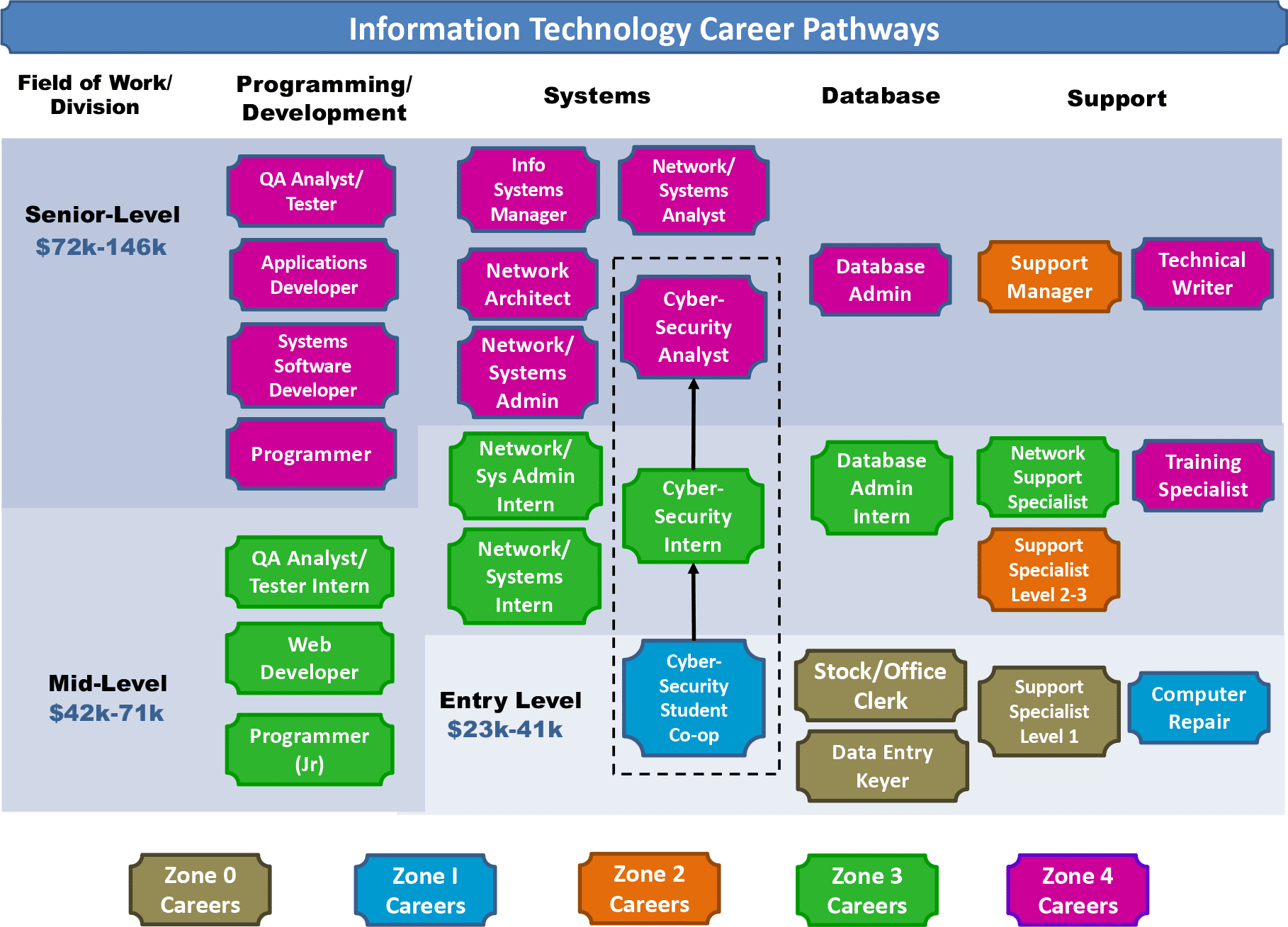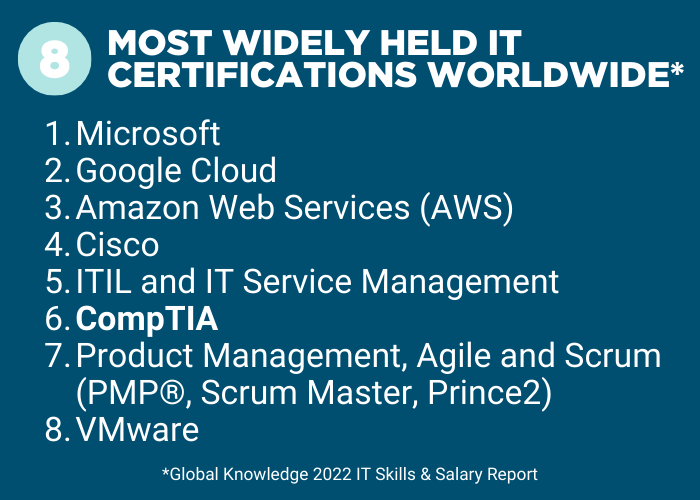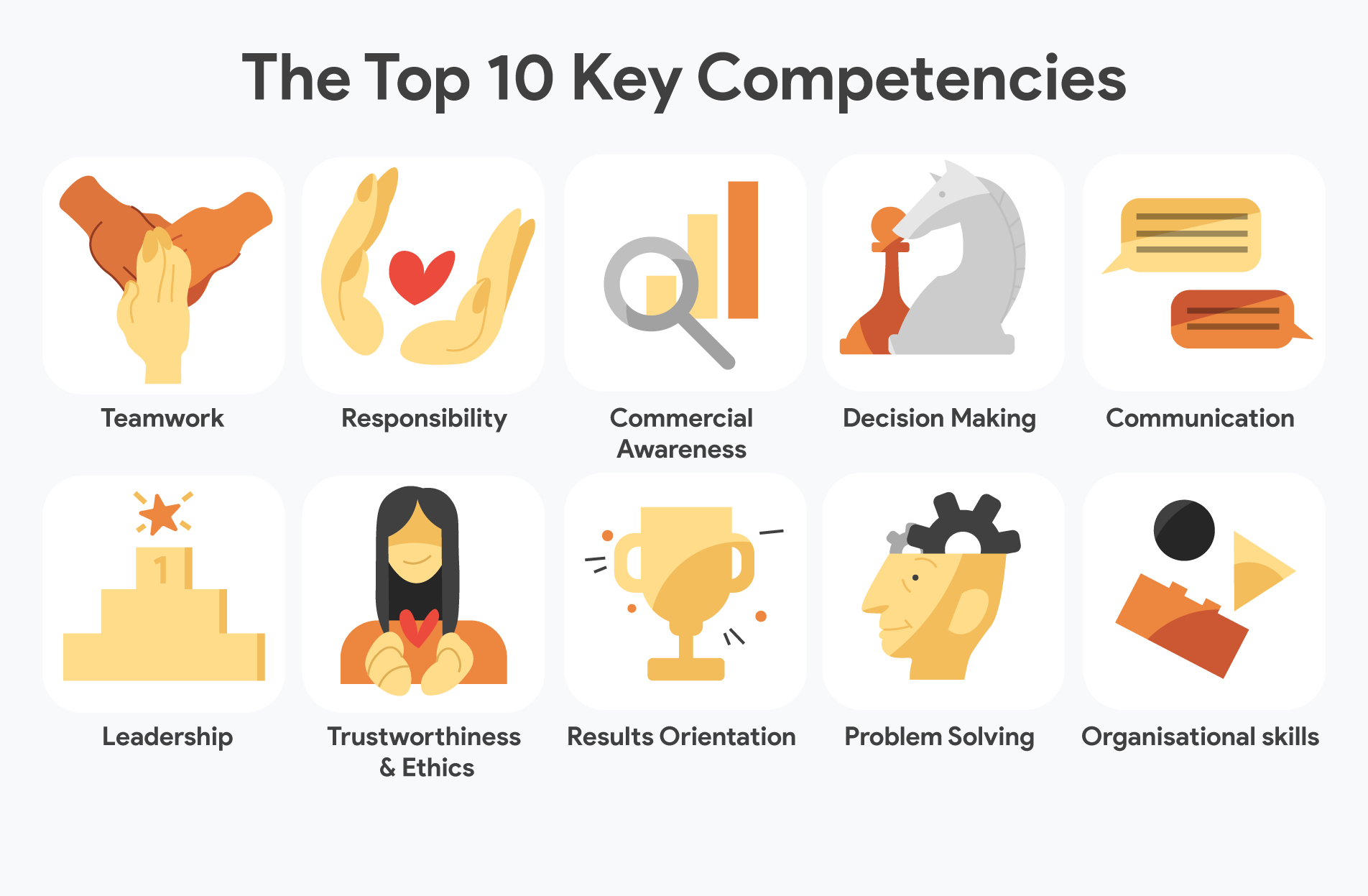In today’s technology-driven world, IT professionals are in high demand. From troubleshooting help desk tickets to managing complex IT infrastructures as Chief Information Officers (CIOs), there are a wide range of career paths available for those interested in the IT field. In this article, we will explore the various career paths in IT and how professionals can climb the ladder from an entry-level help desk position all the way to the coveted role of CIO.
Help Desk Technician
The Help Desk Technician role is typically an entry-level position in the IT field. Help Desk Technicians are responsible for providing technical support to end-users, troubleshooting hardware and software issues, and escalating more complex problems to higher-level IT professionals. This role is a great starting point for individuals looking to break into the IT industry and gain valuable hands-on experience.
Skills Required:
– Strong problem-solving skills
– Excellent communication skills
– Basic understanding of hardware and software systems
– Ability to work under pressure in a fast-paced environment
Network Administrator
After gaining experience as a Help Desk Technician, many IT professionals transition into the role of a Network Administrator. Network Administrators are responsible for managing an organization’s network infrastructure, including servers, routers, switches, and firewalls. They also oversee network security and troubleshoot network issues to ensure smooth operation.
Skills Required:
– In-depth knowledge of network protocols and technologies
– Experience with network security tools and techniques
– Ability to design and implement network solutions
– Strong attention to detail and problem-solving abilities
IT Manager
As IT professionals gain more experience and expertise, they may pursue roles as IT Managers. IT Managers are responsible for overseeing the day-to-day operations of an organization’s IT department, including managing a team of IT professionals, creating and implementing IT policies, and overseeing IT projects. IT Managers play a crucial role in aligning IT strategies with business goals and ensuring the smooth operation of IT systems.
Skills Required:
– Leadership and team management skills
– Strategic thinking and the ability to align IT with business objectives
– Project management skills
– Strong communication and interpersonal abilities
Chief Information Officer (CIO)
The highest-ranking IT position in an organization is the Chief Information Officer (CIO). CIOs are responsible for developing and implementing the organization’s overall IT strategy, aligning IT initiatives with business goals, and overseeing all IT operations. CIOs play a critical role in driving innovation, optimizing IT resources, and ensuring the security and integrity of the organization’s IT systems.
Skills Required:
– Extensive experience in IT leadership roles
– Strategic thinking and vision for IT
– Strong business acumen and the ability to align IT with business objectives
– Excellent communication and negotiation skills
Conclusion
In conclusion, the IT field offers a wide range of career paths for professionals looking to advance their careers. From entry-level Help Desk Technicians to high-level CIOs, there are opportunities for growth and advancement at every stage of the IT career ladder. By developing the necessary skills and gaining relevant experience, IT professionals can climb the ranks and achieve success in the ever-evolving technology industry.




